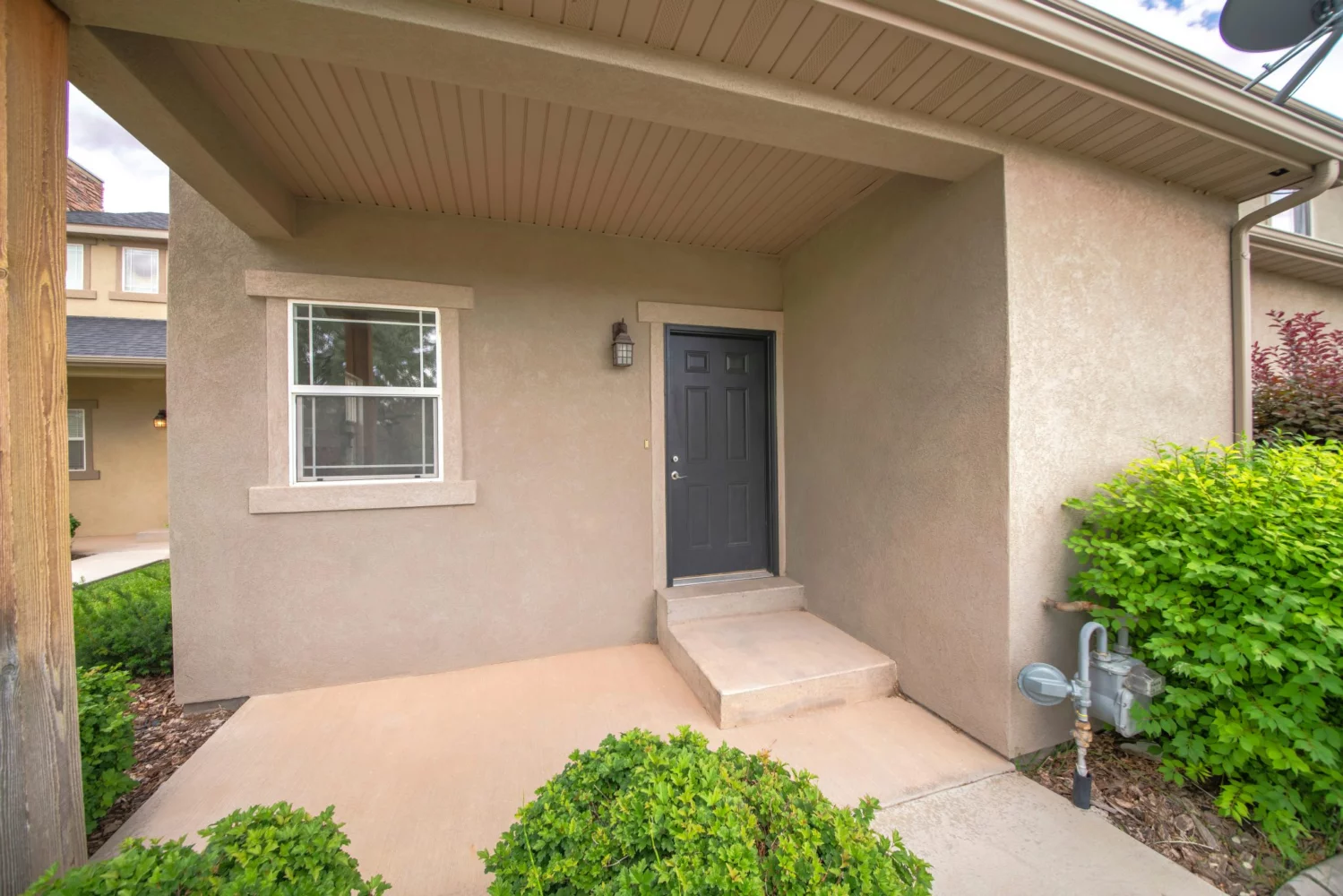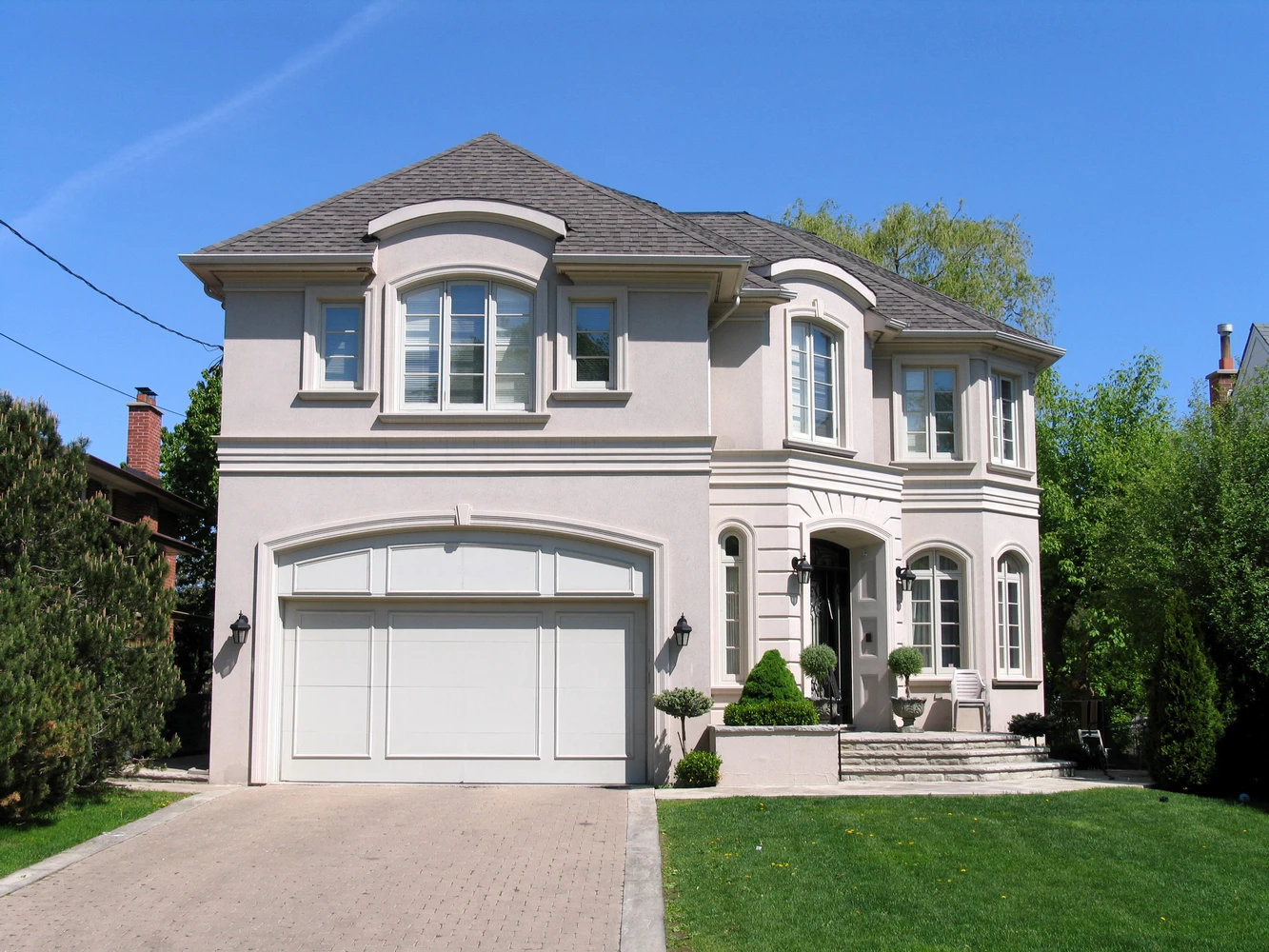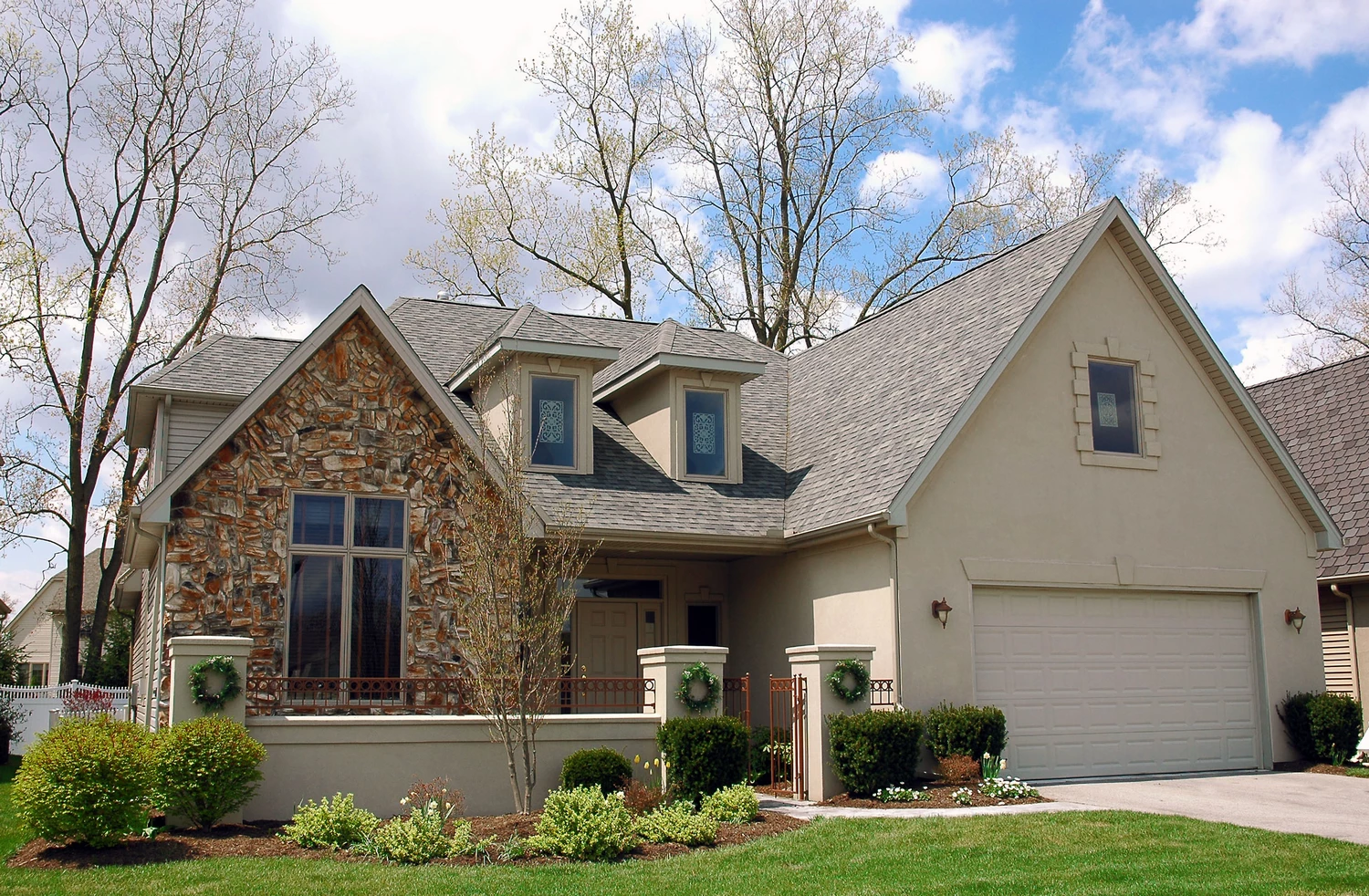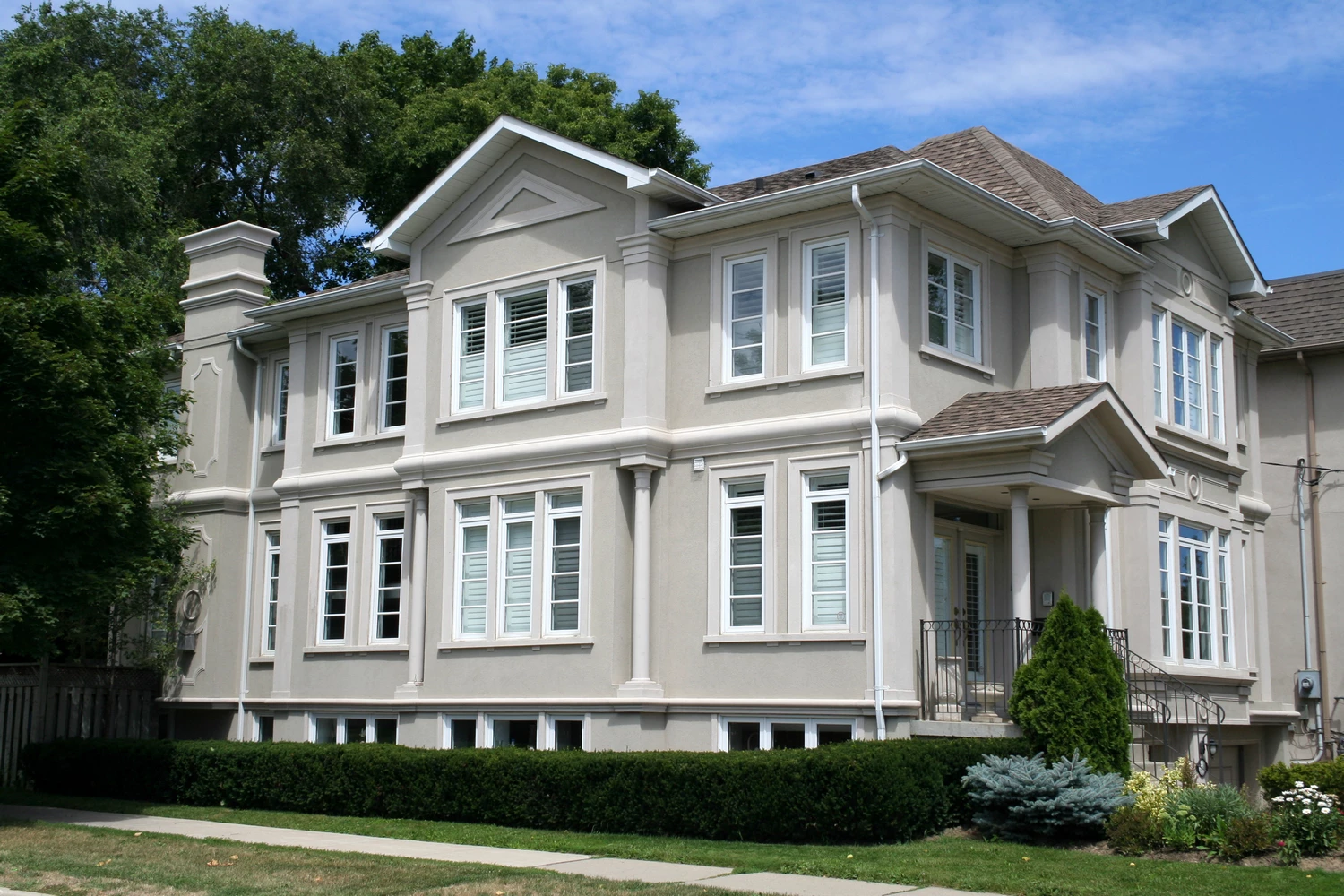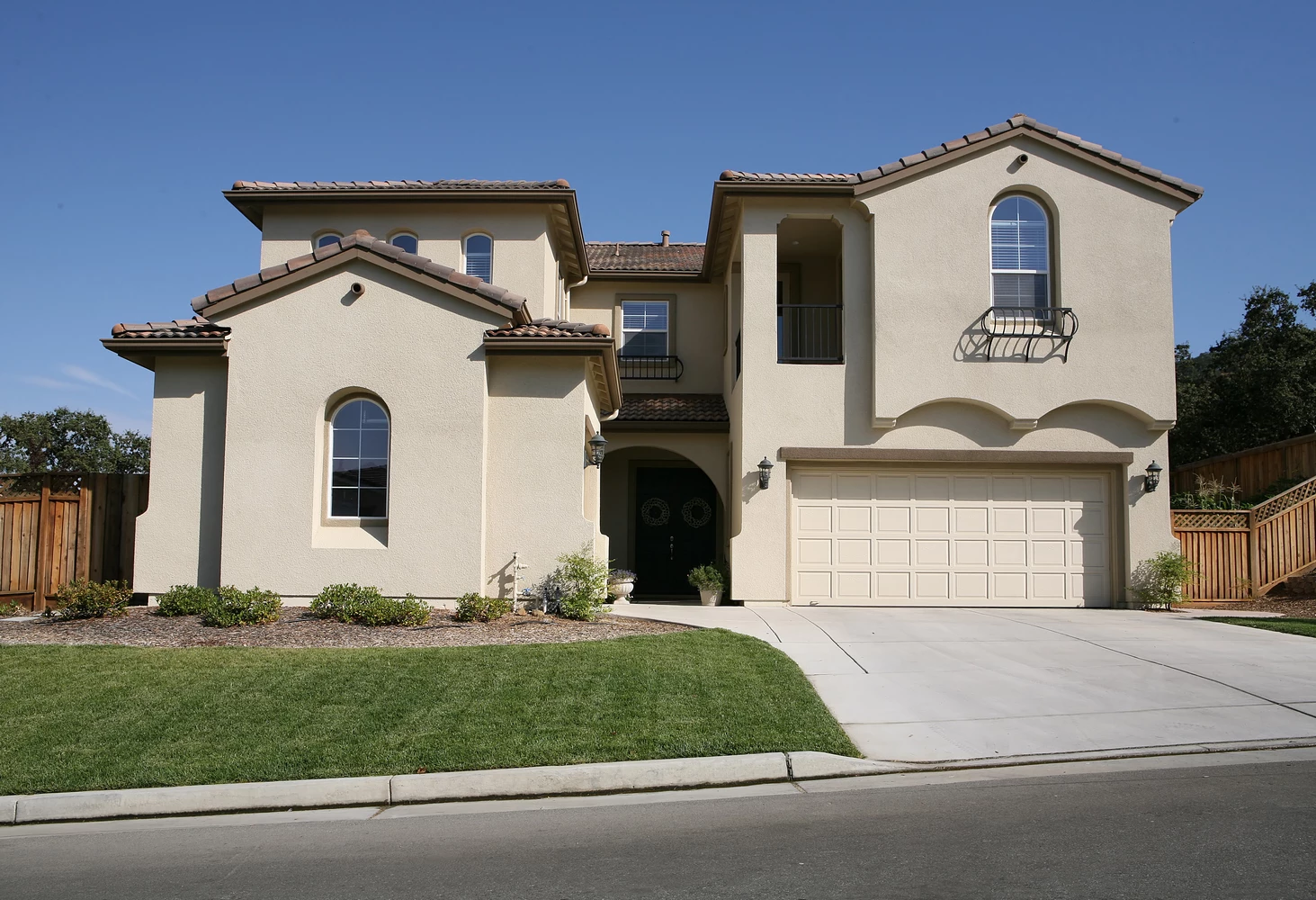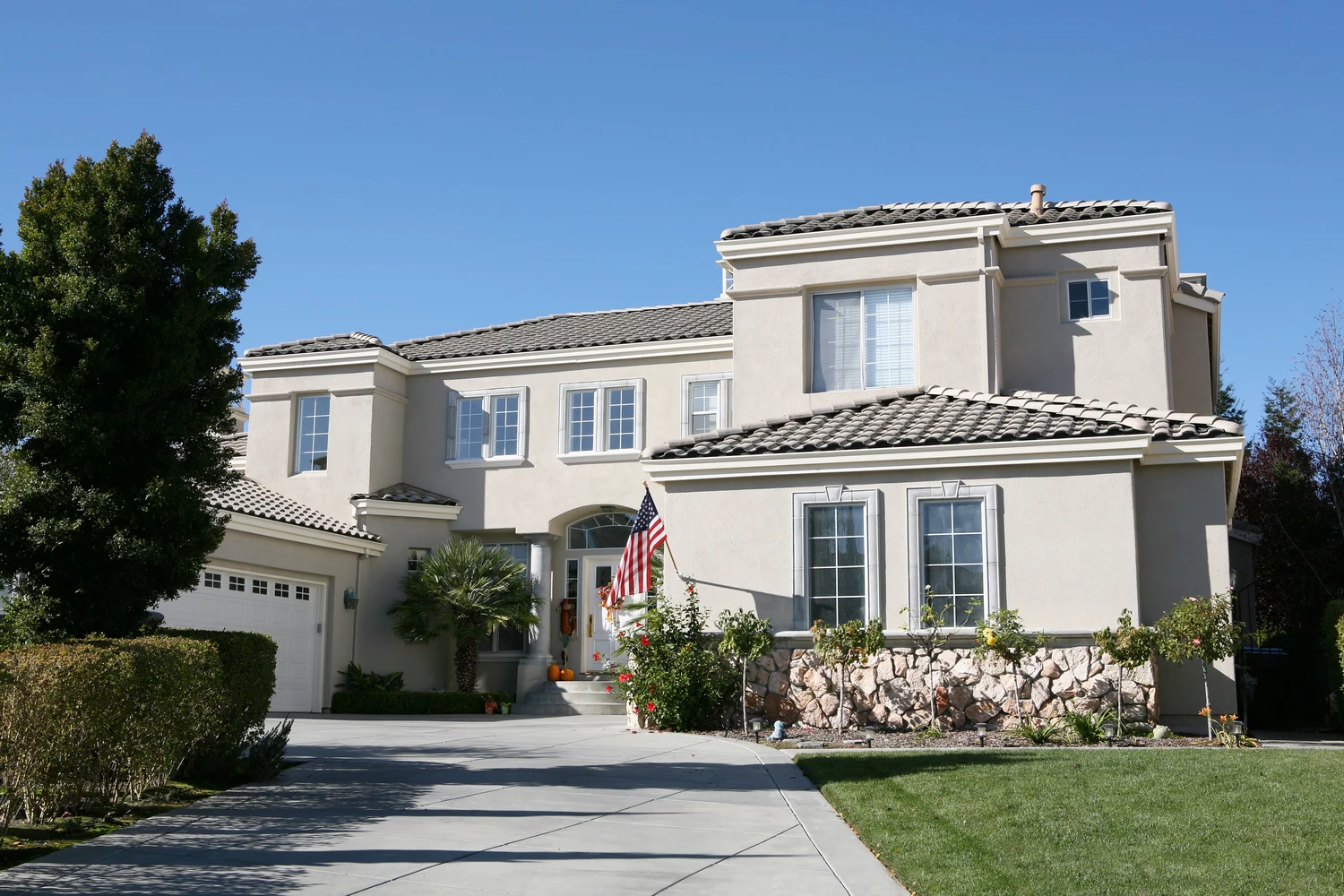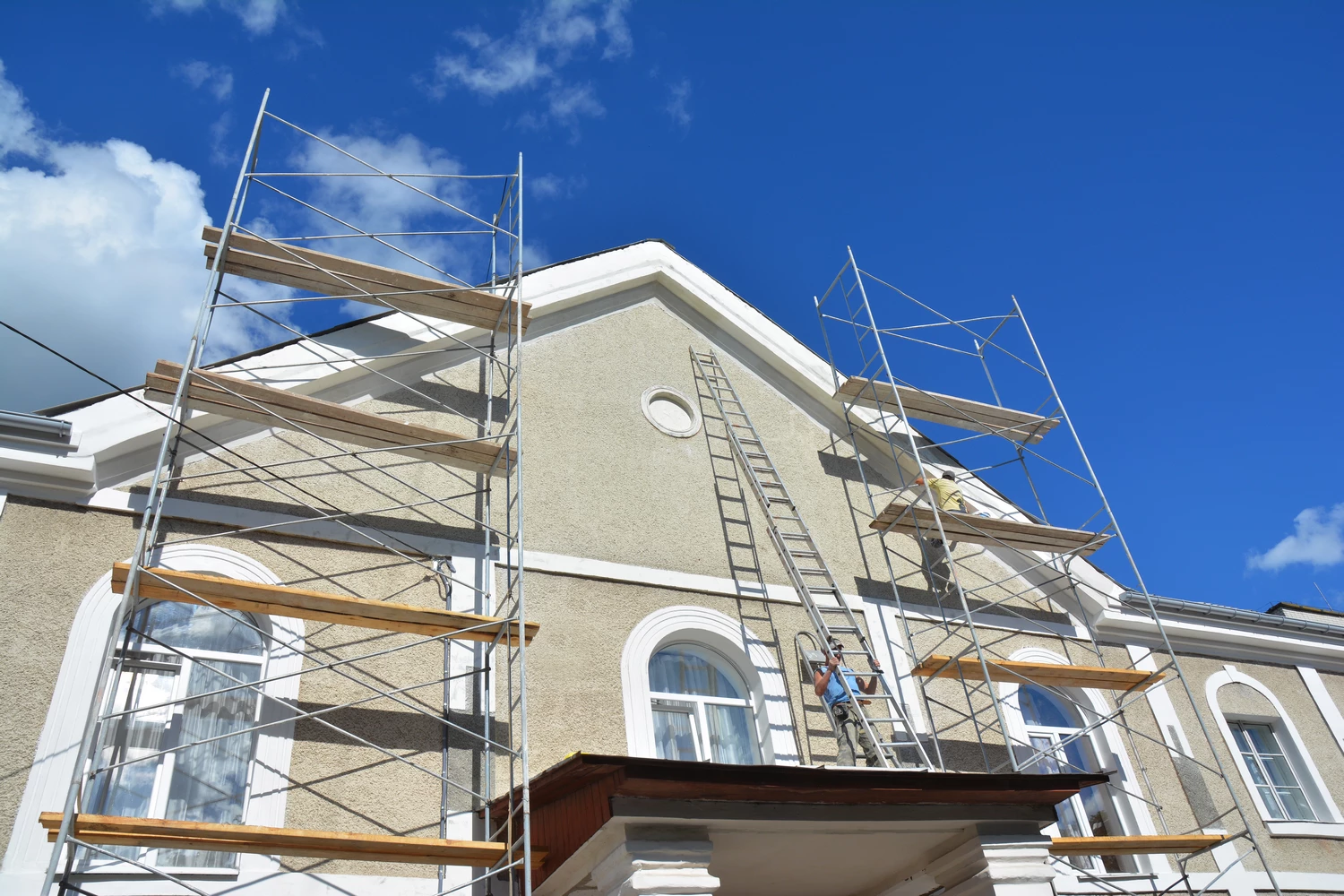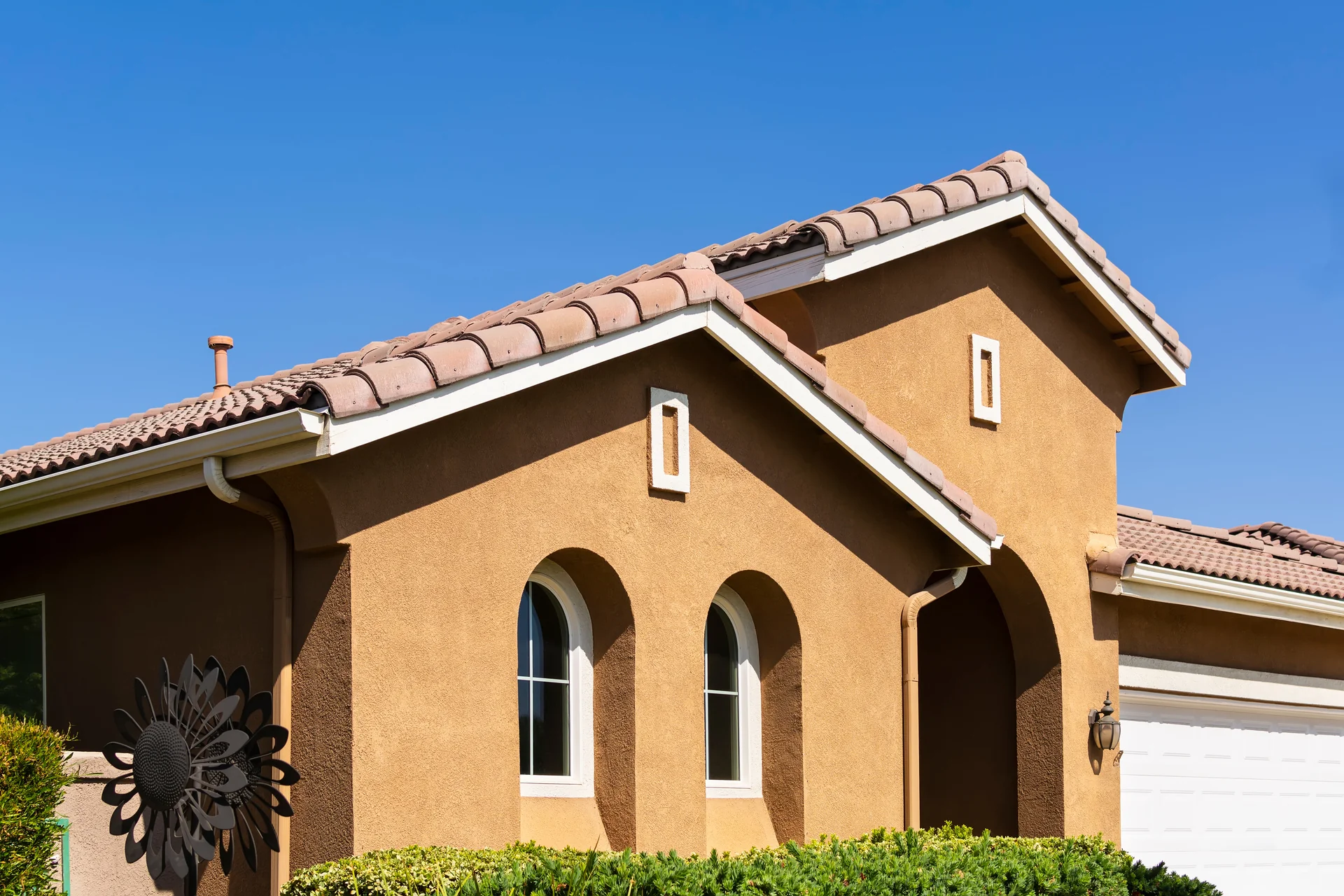
February 25, 2024
The exterior finish of a home not only contributes to its aesthetic appeal but also plays a crucial role in protecting it from the elements. Stucco, a time-honored choice for finishing exteriors, has witnessed the evolution of both traditional and synthetic variants. In this comprehensive exploration, we delve into the characteristics, benefits, and considerations of synthetic stucco versus traditional stucco. From stucco contractors to the intricacies of stucco repair, let’s unravel the facade frontier.
- Understanding Traditional Stucco
- The Emergence of Synthetic Stucco
- Choosing Between Traditional and Synthetic Stucco

Understanding Traditional Stucco:
Traditional stucco, often referred to as Portland cement plaster, has a longstanding history in construction. Composed of Portland cement, sand, and water, traditional stucco provides a durable and weather-resistant finish. Applied in layers, traditional stucco creates a robust exterior shell that withstands the test of time. Stucco contractors Northbrook skilled in the application of traditional stucco bring an artisanal touch to the process, crafting finishes that range from smooth and textured to intricate patterns.
Benefits of Traditional Stucco:
- Durability: Traditional stucco exhibits remarkable durability, resisting cracking and damage caused by weathering.
- Breathability: Its porous nature allows for natural moisture regulation, preventing issues associated with trapped moisture.
- Aesthetic Versatility: Traditional stucco offers a broad spectrum of finishes, allowing homeowners to customize their exterior appearance.
Considerations and Stucco Repair:
- Cracking: Over time, traditional stucco may develop hairline cracks. Stucco repair involves patching and refinishing to maintain its integrity.
- Maintenance: Routine inspection and maintenance, including repainting, may be necessary to preserve its aesthetic and protective qualities.
The Emergence of Synthetic Stucco (EIFS):
Synthetic stucco, officially known as Exterior Insulation and Finish System (EIFS), emerged as a modern alternative to traditional stucco Northbrook. Comprising a layer of foam insulation, a base coat reinforced with fiberglass mesh, and a textured finish, EIFS offers a lightweight and energy-efficient option. Stucco contractors proficient in EIFS application bring a different skill set to the table, emphasizing precision in layering and texture application.
Benefits of Synthetic Stucco (EIFS):
- Insulation: EIFS provides enhanced insulation, contributing to energy efficiency and thermal regulation.
- Design Flexibility: The lightweight nature of EIFS allows for more intricate and elaborate architectural designs.
- Crack Resistance: Due to its flexible composition, EIFS is less prone to cracking compared to traditional stucco.
Considerations and Stucco Repair:
- Moisture Concerns: Improper installation or damage to the EIFS system can result in moisture infiltration, necessitating swift stucco repair to prevent further issues.
- Professional Installation: EIFS requires meticulous installation by experienced stucco contractors to ensure optimal performance.

Choosing Between Traditional and Synthetic Stucco:
The choice between traditional stucco and synthetic stucco depends on various factors, including aesthetic preferences, climate considerations, and budget constraints. Traditional stucco stands as a timeless option, rooted in craftsmanship and durability, while synthetic stucco caters to those seeking modern efficiency and design flexibility.
In conclusion, the decision to opt for synthetic stucco or traditional stucco involves a careful consideration of the specific needs and priorities of the homeowner. Whether engaging stucco contractors for the application or requiring stucco repair Northbrook to address wear and tear, understanding the characteristics of each type empowers homeowners to make informed choices, ensuring a resilient and visually pleasing exterior finish for years to come.

